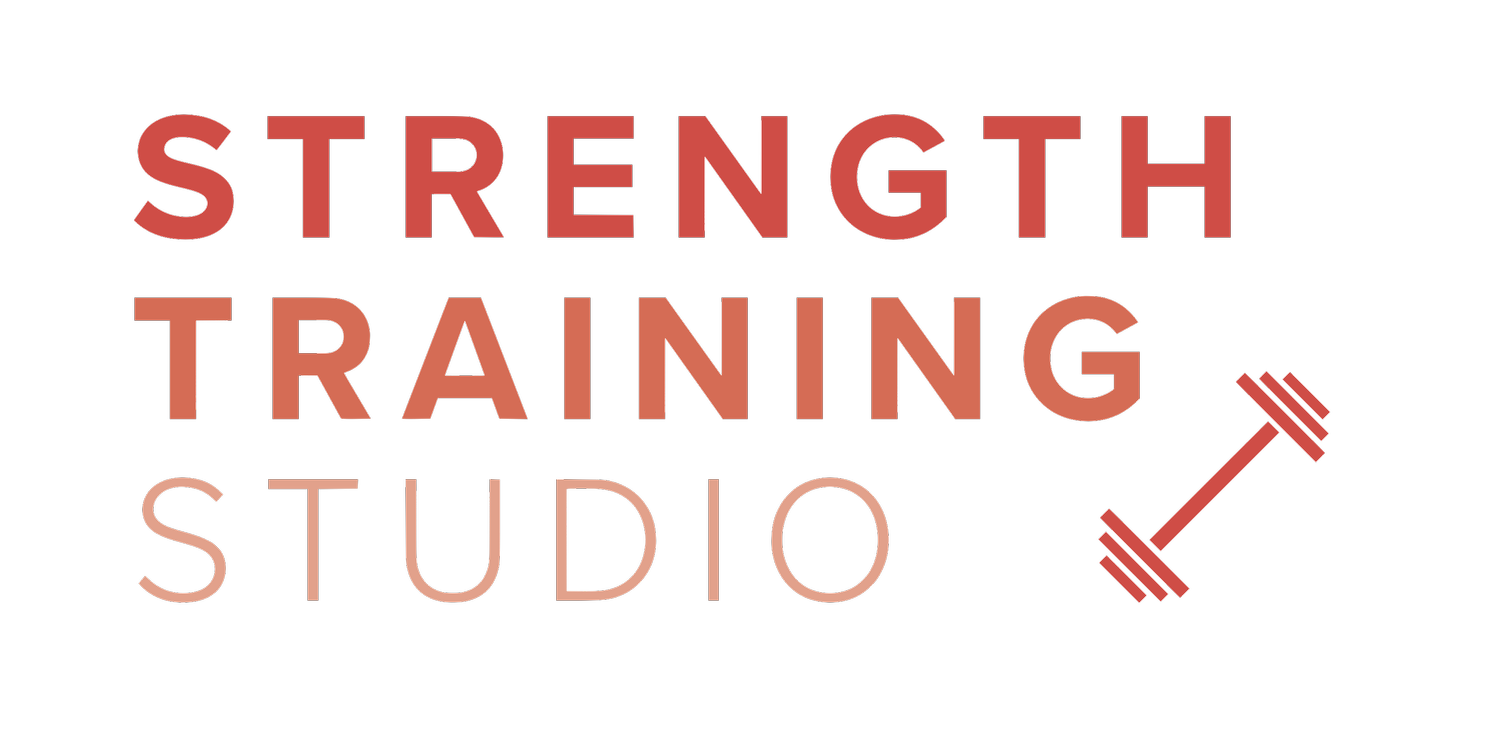Training to Momentary Muscular Failure: Is It Dangerous?
Understanding Momentary Muscular Failure
Before diving into the topic, it's important to understand what training to momentary muscular failure (MMF) entails. This training technique involves performing a single set of an exercise to the point where you are unable to lift the weight in good form.
Critics argue that pushing muscles to MMF can be dangerous and increase the risk of injury due to the potential for overexertion and inadequate recovery.
Let's explain why it is not dangerous...
As you progress rep after rep in a set, the resistance (weight lifted) "feels" harder only because you are becoming exhausted by that point in the set - due to a higher number of muscle fibres being recruited.
By training to failure, your muscles cannot generate the same level of force as when you started the exercise, not because it has gotten heavier or more dangerous, but due to being exhausted.
Example: If a person can press 100kg, then 50kg will "feel" light to them in the first repetition, and will "feel" heavier during each repetition following. By the time they reach a point where they are barely capable of performing one more repetition, then the 50kg will "feel" vey heavy - Because AT THAT MOMENT - 50kg actually will be heavy, since it will momentarily require 100% of their strength to move it.
The danger of MMF is when you start struggling and you carry the risk of changing your form to complete the repetition such as not breathing, arching your back, shifting you body etc.. These changes in form can place the body in a compromised position, increasing the risk of injury other health complications.
How we minimise the risks
1) Expert Supervision: In a supervised setting with knowledgeable, skilled trainers, training to failure can be safely executed. Your trainer is continuously ensuring proper technique and smooth, slow and controlled movement to reduce the chance of injury.
2) Gradual Progression: Training to momentary muscular failure doesn't mean jumping into it right from the start. Like any fitness program, it's essential to gradually increase intensity, resistance, and workload over time. This allows the body to adapt and strengthen gradually, reducing the likelihood of injury.
Benefits of training to MMF
1) Allows For Optimal Muscle Fibre Recruitment: This recruitment stimulates muscle growth and strength development, enabling you to achieve your fitness goals more efficiently.
2) Efficient Time Utilisation: Training to failure allows you to optimise your workout time. By pushing your muscles to their limits by only doing a single set your workout duration is shorter. By targeting full body exercises and allowing adequate rest between your workouts (~2 days), your body can adapt and recover.
3) Mental Resilience and Determination: Pushing through the last few repetitions, even when it becomes challenging, builds mental resilience and determination. Training to failure can instil a sense of accomplishment and empower individuals to overcome obstacles both inside and outside the gym.
Conclusion:
Training to momentary muscular failure, when performed responsibly and under proper supervision from a highly skilled trainer, does not pose a higher risk of injury compared to other training methods. By incorporating training to failure effectively into your fitness regime, you can achieve remarkable gains in strength, muscle growth, mental resilience and MUCH MORE...
*Important: Training to MMF is not appropriate for everybody. Please speak to your trainer if you have concerns.
